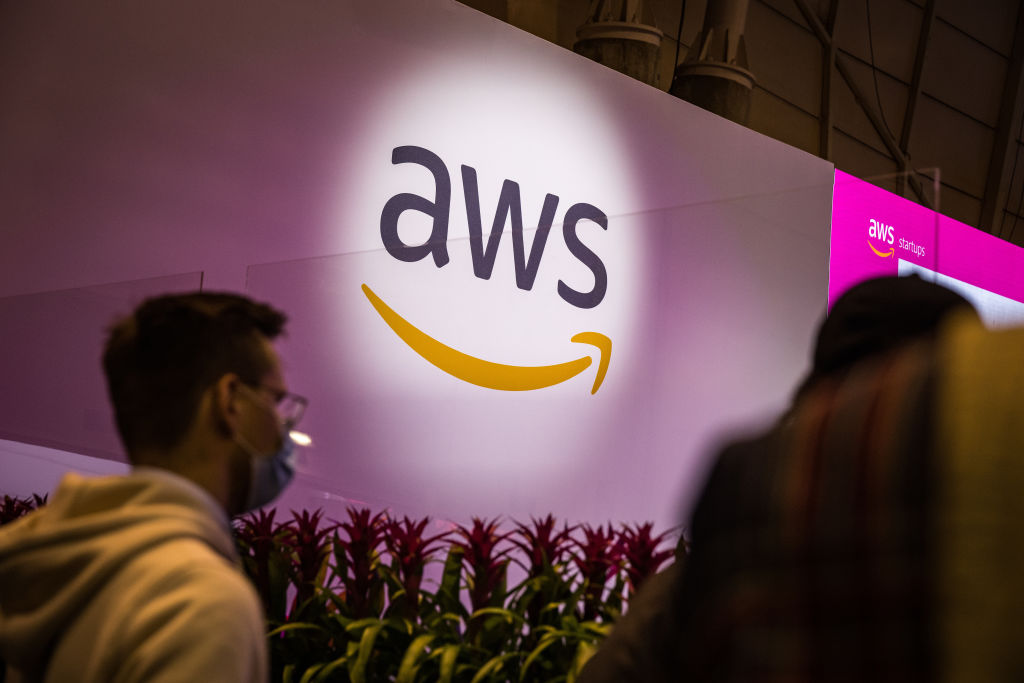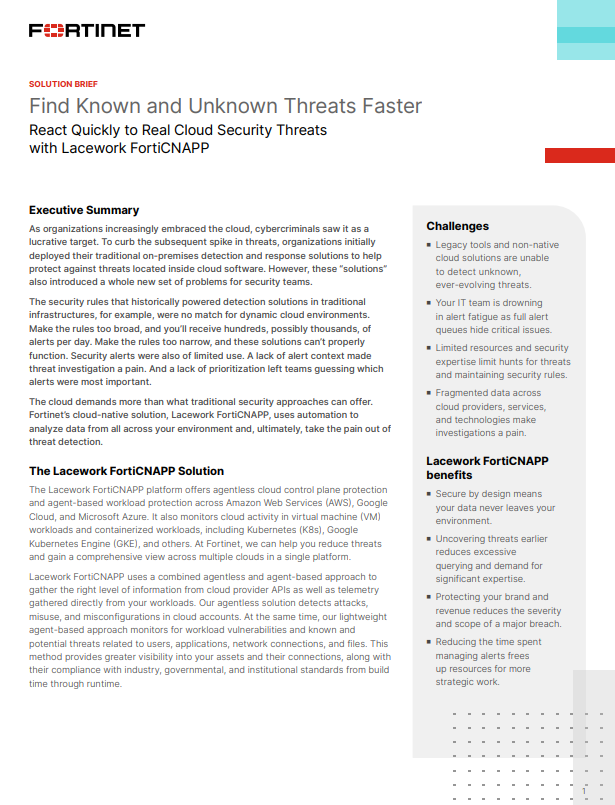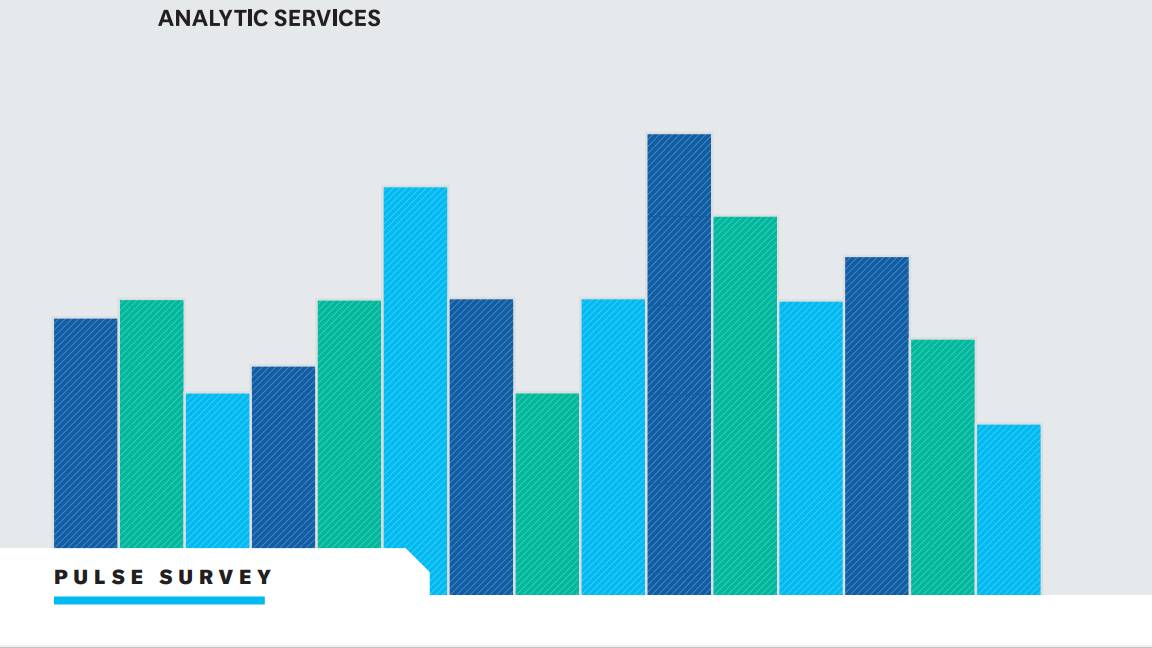Public cloud will account for more than half of enterprise IT spending by 2025
The shift is pertinent within application software, infrastructure software, business process services, and system infrastructure markets

Public cloud computing will surpass traditional IT investments in 2025, among addressable market segments, according to new research from Gartner.
The 'cloud shift' analysis by Gartner focuses exclusively on enterprise IT categories that are a good fit for the cloud, specifically within the application software, infrastructure software, business process services, and system infrastructure markets.
In each of these market segments, public cloud solutions will account for 51% of IT spending by 2025, up from 41% in 2022. Approximately two-thirds (65.9%) of application software expenditures in 2025 will be cloud-based, compared to 57.7% in 2022.
“The shift to the cloud has only accelerated over the past two years due to COVID-19, as organizations responded to a new business and social dynamic,” said Michael Warrilow, research vice president at Gartner.
“Technology and service providers that fail to adapt to the pace of cloud shift face increasing risk of becoming obsolete or, at best, being relegated to low-growth markets.”
In addition, Gartner predicts that traditional IT will grow at a slower rate than cloud, despite accounting for 58.7% of the addressable market in 2022.
Increasing demand for integration capabilities, agile work processes, and composable architectures will continue to boost cloud computing's market share in 2022.
Get the ITPro daily newsletter
Sign up today and you will receive a free copy of our Future Focus 2025 report - the leading guidance on AI, cybersecurity and other IT challenges as per 700+ senior executives
Enterprise IT spending is expected to rise to almost $1.8 trillion by 2025 as cloud computing takes hold. New technologies, including distributed clouds, will further disrupt IT markets.
Gartner recommends technology and services providers target segments where cloud adoption is most rapid, as well as exploring new high-growth cloud opportunities. Infrastructure-related segments, for example, have a lower cloud penetration rate and are expected to grow faster than segments like enterprise applications, which have a higher penetration rate.
-
 Neural interfaces promise to make all tech accessible – it’s not that simple
Neural interfaces promise to make all tech accessible – it’s not that simpleColumn Better consideration of ethics and practical implementation are needed if disabled people are to benefit from neural interfaces
By John Loeppky
-
 Solution Brief: Find Known and Unknown Threats Faster
Solution Brief: Find Known and Unknown Threats FasterDownload Now
By ITPro
-
 2024 State of procurement report
2024 State of procurement reportWhitepaper The trends shaping the future of business buying
By ITPro
-
 Digital optimisation paves the way to strategic supplier management
Digital optimisation paves the way to strategic supplier managementWhitepaper Procurement’s role as a strategic driver
By ITPro
-
 The small and medium business guide to buying
The small and medium business guide to buyingWhitepaper Optimising purchasing to save in 2024
By ITPro
-
 Move your organisation forward by refining your strategic procurement plans
Move your organisation forward by refining your strategic procurement plansWhitepaper An Executive’s Guide to Purchasing in 2024
By ITPro
-
 Better together
Better togetherWhitepaper Achieve more with Windows 11 and Surface
By ITPro
-
 Transforming the enterprise
Transforming the enterpriseWhitepaper With Intel and CDW
By ITPro
-
 Strategic app modernization drives digital transformation
Strategic app modernization drives digital transformationWhitepaper Modernize your applications to address business needs both now and in the future
By ITPro
-
 Delivering fast and secure digital experiences for the modern hybrid workforce
Delivering fast and secure digital experiences for the modern hybrid workforceWhitepaper A new approach to digital experience monitoring that can monitor the health of all systems
By ITPro